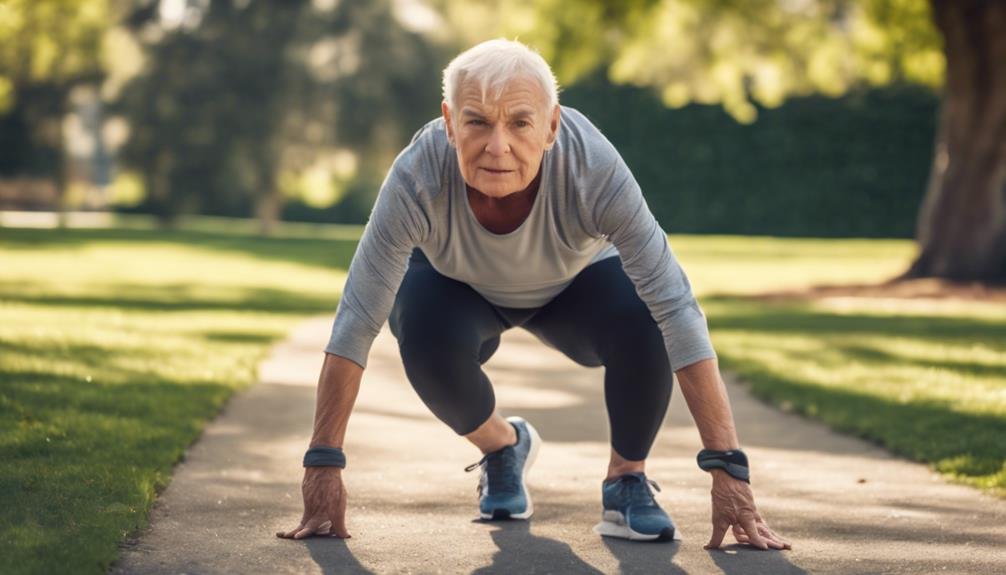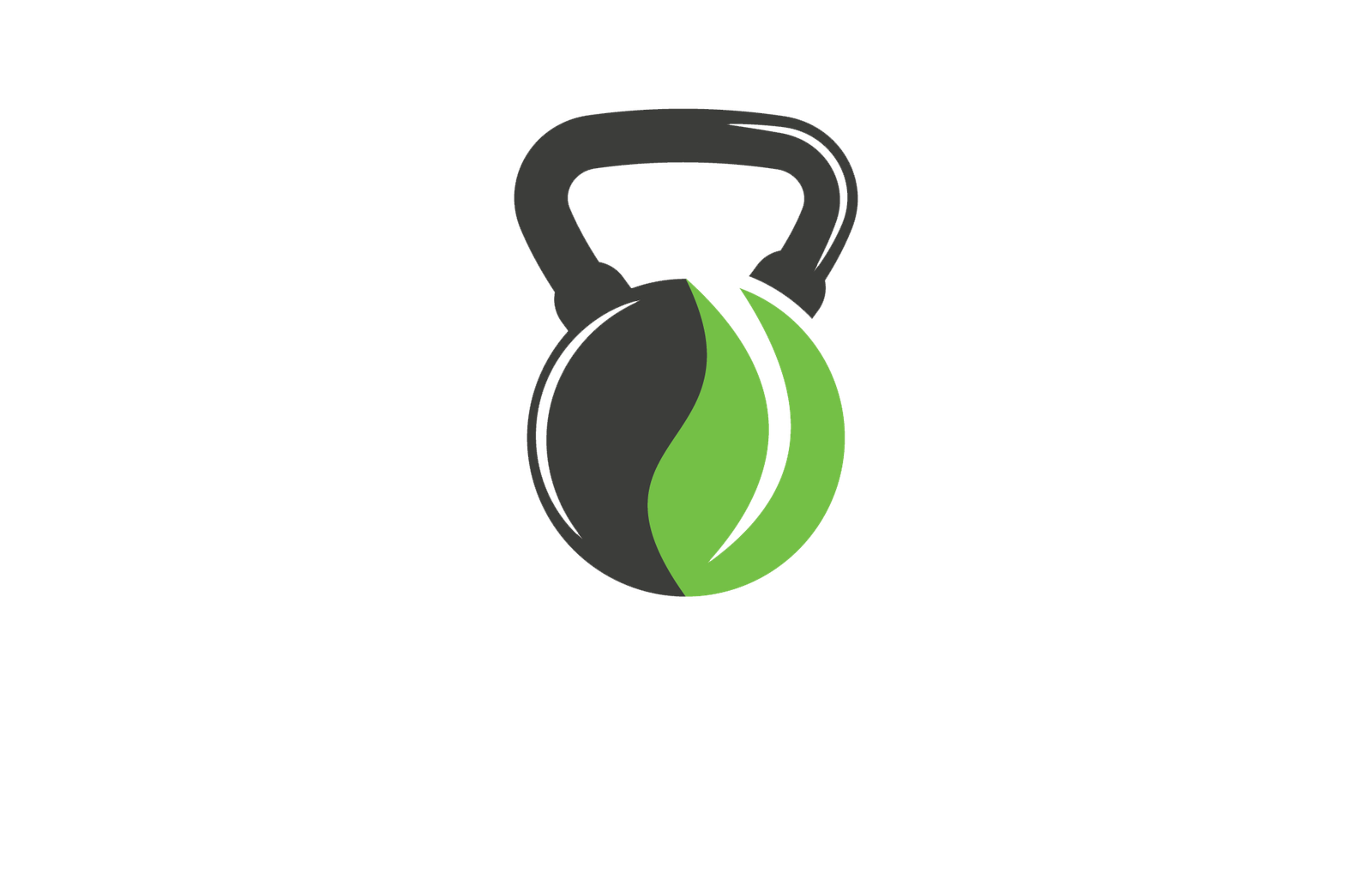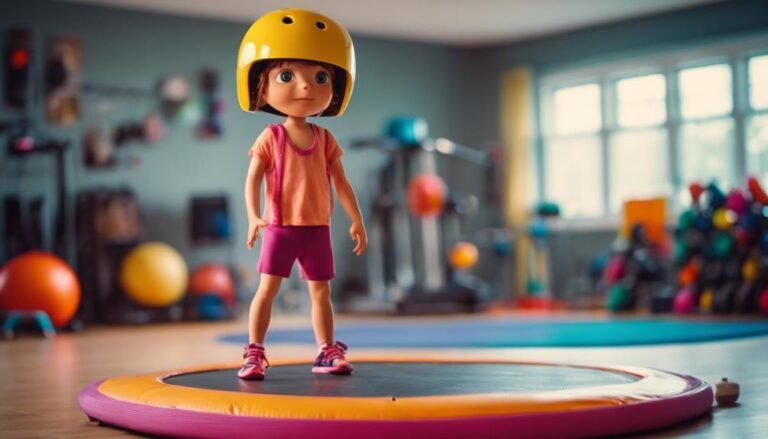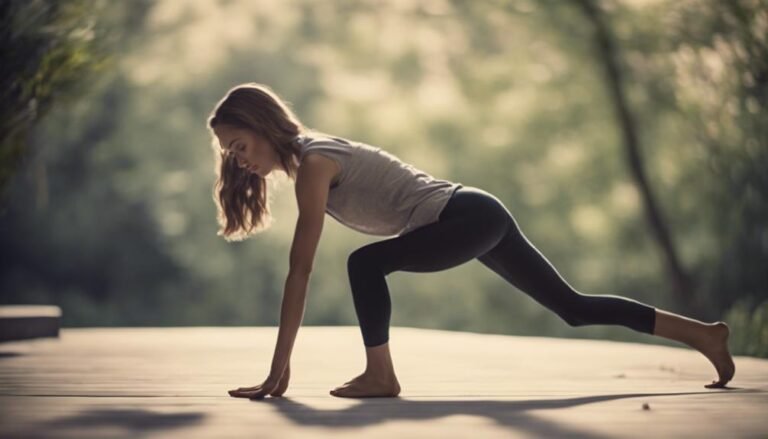Don't miss our holiday offer - 20% OFF!

Safe and Effective HIIT Workouts for Seniors
Find out how to craft a personalized HIIT routine that boosts energy, mobility, and cognitive function while minimizing injury risk.
As we age, we recognize the importance of prioritizing our health and fitness, and that's where incorporating safe and effective HIIT workouts into our routine can make a significant difference in our overall well-being. We can improve our cardiovascular health, mobility, and cognitive function while increasing energy levels and reducing the risk of falls and injuries. By modifying HIIT workouts to prioritize safety, focusing on low-impact exercises, and incorporating flexibility exercises, we can reap the benefits of HIIT without exacerbating existing health concerns. Now, let's take the next step into designing a personalized HIIT routine that suits our lifestyle and abilities.
Key Takeaways
- Modify HIIT workouts to prioritize safety, choosing low-impact exercises that minimize the risk of injury or discomfort for seniors.
- Incorporate flexibility exercises to improve range of motion and reduce the risk of age-related injuries.
- Prioritize proper breathing techniques, inhaling deeply and exhaling slowly to fuel movements and generate power.
- Set realistic fitness goals, starting with shorter intervals (20-30 seconds) and gradually increasing duration as endurance builds.
- Consult with healthcare providers to confirm HIIT suitability for health conditions and tailor workouts to individual needs and limitations.
Benefits of HIIT for Seniors
As we age, incorporating HIIT workouts into our fitness routine can have a significant impact on our overall health, improving our cardiovascular system, boosting our mood, and increasing our energy levels. We're not getting any younger, and proactive measures are necessary to maintain our physical and mental well-being. By incorporating HIIT workouts into our routine, we can experience improved mobility, which is critical for seniors. This increased mobility enables us to perform daily tasks with greater ease, reducing the risk of falls and injuries. Additionally, HIIT workouts have been shown to have a profound impact on our cognitive function, leading to enhanced cognitive abilities. This means we can stay mentally sharp, focused, and alert, even as we age. As we continue to age, prioritizing our health is crucial, and HIIT workouts offer an excellent way to do just that. By making HIIT a part of our fitness routine, we can look forward to a healthier, happier, and more energetic life.
Modifying HIIT for Safety
As we adapt HIIT workouts to meet the unique needs of seniors, we need to prioritize safety above all else. We're modifying our approach to guarantee that our exercises are lower impact and gentler on our joints, which is especially important for seniors who may have mobility or flexibility limitations. By making these adjustments, we can confidently push ourselves to reach our fitness goals while keeping a close eye on our heart rates.
Lower Impact Exercises
We modify HIIT workouts to prioritize lower impact exercises, recognizing that high-impact movements can exacerbate existing health conditions or put excessive stress on our joints as we age. As seniors, it's essential we adapt our workout routines to accommodate our changing bodies. Lower impact exercises allow us to maintain our fitness goals while minimizing the risk of injury or discomfort.
By incorporating lower impact exercises, we can:
- Perform seated stretches that improve flexibility and range of motion without putting excessive strain on our joints
- Engage in chair yoga, which strengthens our core and improves balance while seated or standing with support
- Modify high-impact exercises, such as jump squats or burpees, to reduce the impact on our joints
- Incorporate bodyweight exercises, like wall push-ups or chair dips, that work multiple muscle groups without requiring high-impact movements
Gentle on Joints
By modifying HIIT workouts to prioritize low-impact movements, we substantially reduce the risk of exacerbating existing joint issues or developing new ones. As seniors, we're not looking to put excessive stress on our joints, but rather support and strengthen them. That's why we'll focus on exercises that provide Joint Support and incorporate Flexibility Exercises to improve our range of motion.
Here are some examples of low-impact exercises we can incorporate into our HIIT workouts:
| Exercise | Modification |
|---|---|
| Burpees | Replace jump with step-up or remove jump altogether |
| Jumping Jacks | Replace jump with step-touch or march in place |
| Mountain Climbers | Replace rapid knee lift with slower, controlled movement |
| Squat Jumps | Replace jump with bodyweight squat or goblet squat |
| Box Jumps | Replace jump with step-up or lateral step-up |
Monitoring Heart Rate
Monitoring our heart rate during HIIT workouts becomes vital as we age, preventing us from overexerting ourselves and risking injury or discomfort. As seniors, it's essential to listen to our bodies and adjust our exercise routine accordingly. This is where understanding our heart rate zones comes in.
When we exercise, our heart rate increases to pump blood and oxygen to our muscles. To avoid pushing ourselves too hard, we need to stay within our target heart rate zone. This zone is typically 50-85% of our maximum beats per minute (bpm). Here are some tips to help us monitor our heart rate effectively:
- Invest in a heart rate monitor: Wearable devices can track our heart rate in real-time, helping us stay within our target zone.
- Take regular breaks: Stop and check our heart rate every 10-15 minutes to verify we're not overexerting ourselves.
- Learn to recognize our body's signals: If we're feeling dizzy, nauseous, or experiencing chest pain, it's time to stop and rest.
- Consult with a healthcare professional: They can help us determine our maximum heart rate and create a personalized exercise plan.
Essential Warm-Up Exercises
As we prepare to launch into our HIIT workouts, taking a few minutes to get our bodies ready with essential warm-up exercises is crucial to preventing injuries and optimizing performance. We've all been there – keen to plunge into a high-intensity workout, but neglecting to warm up can lead to strains, sprains, and even more serious injuries.
To prepare ourselves for the intensity ahead, we focus on two key areas: flexibility stretches and muscle activations. We start with gentle flexibility stretches to loosen up our major muscle groups, including our legs, hips, and back. This helps increase our range of motion and reduces the risk of muscle pulls. Next, we move on to muscle activations, which involve engaging our core, glutes, and legs to generate power and stability. By incorporating exercises like leg swings, arm circles, and hip openers, we're able to prepare our muscles for the high-intensity movements to come. By taking the time to warm up properly, we set ourselves up for a safe and effective HIIT workout.
Low-Impact HIIT Routines
As we explore low-impact HIIT routines, we're looking for exercises that are gentle on our joints, allowing us to maintain our fitness goals without putting excessive strain on our bodies. We'll discover modified exercise options that cater to our needs, ensuring we can participate safely and effectively. By focusing on breathing and pacing, we'll learn to listen to our bodies and adapt our workouts to achieve ideal results.
Gentle on the Joints
We prioritize low-impact exercises in our HIIT routines to reduce the stress on our joints, acknowledging that high-impact movements can exacerbate existing joint issues or create new problems. As we age, our joints naturally lose flexibility and become more prone to injury, making low-impact exercises a must.
By incorporating flexibility exercises into our routines, we can improve our range of motion and reduce the risk of age-related injuries. Here are some benefits of low-impact HIIT routines:
- Reduced risk of joint damage and inflammation
- Improved cardiovascular health without excessive stress on the joints
- Increased flexibility and mobility
- Modified exercises that cater to our physical abilities and needs
Modified Exercise Options
In our modified exercise options, we've tailored low-impact HIIT routines to accommodate physical limitations, ensuring seniors can reap the benefits of high-intensity interval training without exacerbating existing health concerns. We're aware that mobility issues or chronic pain can make traditional HIIT exercises challenging. That's why we've developed adaptive exercises that cater to individual needs.
Our seated stretches, for instance, allow seniors to work on flexibility and range of motion while seated comfortably. This is particularly beneficial for those with mobility issues or balance concerns. We've also incorporated resistance bands into our low-impact HIIT routines, providing an effective way to build strength without putting excessive strain on joints. These modifications enable seniors to participate in HIIT workouts safely and effectively, improving cardiovascular health, boosting metabolism, and enhancing overall well-being. By adapting exercises to accommodate physical limitations, we're making HIIT accessible to seniors who thought they couldn't participate.
Breathing and Pacing
By adapting our exercises to accommodate physical limitations, we're now free to focus on the finer points of low-impact HIIT routines, starting with the importance of proper breathing and pacing. As seniors, it's vital to prioritize breathing techniques that optimize our workouts, ensuring we get the most out of our exercises while minimizing fatigue.
Proper inhalation and efficient exhalation are essential for a successful HIIT workout.
- Inhale for power: Take deep breaths in through your nose, filling your lungs with oxygen to fuel your movements.
- Exhale with effort: Release your breath slowly through your mouth, using the exhale to propel your movements and generate power.
- Pace yourself: Avoid overexertion by pacing your breathing with your movements, taking regular breaks to recover and recharge.
- Listen to your body: If you experience shortness of breath or discomfort, stop immediately and rest – it's better to err on the side of caution.
Managing Chronic Conditions
As seniors, many of us live with chronic conditions like diabetes, arthritis, or heart disease that can make exercising feel intimidating, but incorporating HIIT workouts into our routine can help manage these conditions and improve overall health. We recognize that it can be overwhelming to navigate exercise with chronic conditions, but with the right approach, we can thrive. It is crucial to prioritize medication management and communicate effectively with our doctors about our exercise plans. Our doctors can provide valuable insights on how to tailor our workouts to our specific needs and limitations. By keeping our doctors informed, we can work together to adjust our medication schedules and exercise routines accordingly. This collaboration guarantees our safety and maximizes the benefits of HIIT workouts. By taking control of our chronic conditions and working with our healthcare team, we can confidently incorporate HIIT into our lives and experience the numerous benefits it has to offer.
Getting Started With HIIT
We're thrilled to plunge into high-intensity interval training (HIIT) workouts, so let's break down the essential steps to get us started on this fitness journey. As seniors, it's vital to approach HIIT workouts safely and effectively, minimizing risks while maximizing benefits.
Before diving into HIIT, let's set realistic Fitness Goals that cater to our needs and abilities. This will help us stay motivated and track our progress. Next, we'll create a Workout Schedule that suits our lifestyle, incorporating HIIT sessions 2-3 times a week, with rest days in between.
To get started, we'll:
- Consult with our healthcare provider to confirm HIIT is suitable for our health conditions
- Choose low-impact exercises that are gentle on our joints
- Start with shorter intervals (20-30 seconds) and gradually increase duration as we build endurance
- Warm up and cool down with gentle stretching exercises to prevent injuries
Frequently Asked Questions
Can I Do HIIT Workouts With a Joint Replacement?
We acknowledge the concern: can we do HIIT workouts with a joint replacement? Generally, we are aware of the issue: caution is advised, especially during post-op rehabilitation. However, with artificial joints, we can modify exercises to guarantee a safe, gentle return to high-intensity interval training.
Are HIIT Workouts Suitable for Wheelchair-Bound Seniors?
"As we navigate the path of adaptive fitness, we ask: can HIIT workouts be wheelchair-friendly? The answer is yes! With chair modifications and accessible exercise options, we can break a sweat from the comfort of our chairs, defying limitations."
How Often Should I Rest Between HIIT Workout Sessions?
"We typically rest for 48-72 hours between HIIT sessions to allow our bodies to recover; this frequency enables us to push ourselves during workouts while preventing burnout and reducing the risk of injury."
Can I Do HIIT Workouts With Osteoporosis or Osteopenia?
We're aware that 54 million Americans live with osteoporosis or osteopenia, and we're concerned about exercising safely. If we have osteoporosis or osteopenia, we should consult our doctor before starting HIIT workouts, as high-impact exercises can increase fracture risk, compromising bone density.
Do I Need a Doctor's Approval Before Starting HIIT Workouts?
Before starting HIIT, we should get medical clearance from our doctor, especially if we have underlying health conditions. It's vital to undergo a fitness assessment to make certain we're ready for high-intensity exercise.
Conclusion
As we age, it's natural to worry that high-intensity interval training (HIIT) might be too intense for our bodies. But the truth is, with modifications and precautions, HIIT can be a game-changer for seniors. It's about working smarter, not harder. By incorporating low-impact exercises and managing chronic conditions, we can reap the benefits of HIIT while prioritizing our safety and well-being. So, let's get moving – our bodies (and minds) will thank us!



